Mindfulness is a powerful process to help us center into the present moment, raise our spiritual vibration, and feel happier, more peaceful, and more fulfilled with our daily lives.
While a lot of people think that mindfulness exercises are private, internal affairs that are best practiced in silence and solitude, there are actually a number of really great activities you can draw on to help expand the presence of your group.
3 Benefits of Practicing Mindfulness in Groups
Whether you’re using these exercises as icebreakers for new acquaintances, strengthening coworker connections, or sharing a positive moment among old friends and family, there are many reasons you should practice raising your awareness in the company of others.
Firstly, working in a group helps to enhance the exercise by increasing everyone’s awareness that they are not alone in their practice. When it comes to mindfulness and meditation, a lot of people struggle to center their focus and quiet the mind, and they often feel they are doing something “wrong” when they can’t immediately tap into a higher sense of stillness, peace, or joy.
Working in a group, one comes to understand that everyone struggles with something. The challenges you go through in your own practice are very similar to the challenges that everyone else faces. Working together, and sharing our experiences, helps to bring this knowledge to the forefront, and allow us to realize that – more often than not – we’re all doing better than we think we are.
Read more about How to Improve Your Presence of Mind.
Just as importantly, as you share these experiences with others, it creates a strong, positive connection with each person involved. This is because mindfulness and meditation practices cause our brains to relax and release a series of “happy hormones” that create positive vibes.
When you share this experience with another person, you create a subconscious mental bond with that individual, and expand the love and understanding that you each hold for the other.
When you share this experience with another person, you create a subconscious mental bond with that individual, and expand the love and understanding that you each hold for the other.
Kyle Greenfield
This ties into the third point:
Positive energy expands exponentially when a group of people practice together. This is known as the master mind principle.
By yourself, you can create a field of positive energy, but when you perform the same exercise alongside other people, that field of positive energy grows exponentially. This is true even when two people are not in the same room!
If you’ve ever done a group meditation – or even felt intense peace at the end of a yoga class, for example – you’ve probably experienced this principle in action.
So, without further ado, let’s dive into the exercises:
Group Mindfulness Games and Exercises
Following The Flow of Air
The first exercise on this list is both the most powerful and most versatile. It’s also an incredibly easy way to get started raising your awareness with mindfulness, and you can do it in just about any setting.
- To begin, have everyone close their eyes and draw their attention to the breath.
- At first, simply notice the breath as it moves in and out of the body, at whatever pace feels natural.
- Then, begin to bring your attention to the movement of the air. Imagine that you pick a point of the breath, and start to follow it.
- Notice as you breath in. Where does the air enter the body? Where does it go? How does it flow through you, and how does the feeling change as the breath continues from your nose/mouth to your chest, and on to the rest of your body?
- Notice as you breathe out. Has the quality of the air changed? What do your lungs feel like? Is it more or less effort to breathe out or to breathe in?
- Repeat this process for several minutes.
If you want to expand this exercise, you can click here for more breath techniques to try.
Mindful Eating
The second exercise is a great game to play with just about any group of people, both for kids and adults.
To play the game, give everyone a small bite of food. You can choose anything you’d like, but it works best with something small and natural, like a grape.
Before eating the food, take time to explore it with your senses. Start with your eyes, notice the color and shape, and see if you can see details of it that you had never noticed before. For example, you might notice if you can see the colors coming more alive, or if there are small lines or textures you usually ignore.
Then, encourage everyone to close their eyes and take a moment to feel the contours of it with their fingers. Notice any curves, how smooth or rough it is, etc.
When you are ready, have everyone place the food into their mouths, but do not chew it. First pass the food around your mouth slowly, feeling it with your tongue, and tasting it carefully.
Finally, continue to eat the food as slowly as possible, noticing how the texture and taste changes as you eat.
Repeat as often as you’d like.
Learn more about mindfulness and the sense of taste.
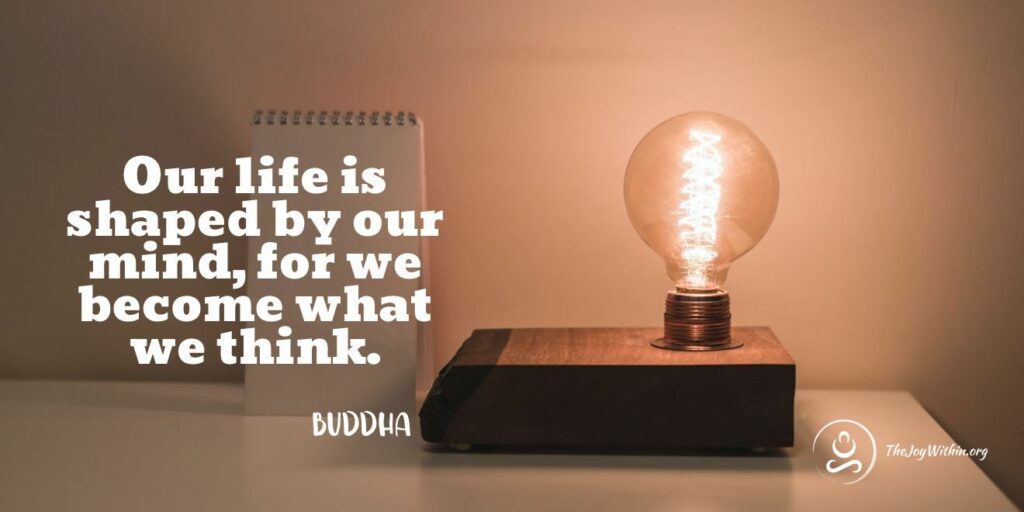
The Blindfold Game
For this next game, it’s best to split into small groups of people, either in partners or groups of 3 or 4.
The game is to take turns blindfolding each other. Then, have the guide pass the blindfolded person an object to hold.
Have them focus on the different qualities of that object.
- What is the weight of the object?
- What shape is it?
- How does it feel in your hands?
- Are there multiple textures to it?
Don’t worry about identifying what the object is. The aim is simply to bring more awareness to the sense of touch, which we often take for granted in our day to day lives.
Spidey Senses
Spidey Senses is one of my favorite games to teach mindfulness to kids, but it can also be fun for groups of any age.
Your mission: pretend you are Spiderman.
You have just been given heightened sensory perception. You can see colors and details like never before. You hear even the slightest, most distant sounds. Subtle aromas suddenly come to the forefront of your attention. You are now aware of the softest touch.
Take 2-3 minutes to explore your new senses in as much detail as possible. Then go around the group sharing what you noticed.
5 & 6: Happy Place Visualization and Chakra Visualization
Another really great exercise to use to increase mindfulness is to leverage the art of visualization.
Two of my favorite practices for this are what I call a Happy Place Visualization, and a Chakra visualization.
I explain how to do each technique in this post.
7:Group Meditation
Lastly, as I mentioned above, one of the best ways to practice mindfulness in a group is simply to sit and meditate for a few minutes.
You can do this whether or not you have an experienced guide with you, since there are tons of great recordings you can choose from.
I do usually recommend that most beginning group meditators use some sort of guided technique, as sitting silently can be uncomfortable for some in your group who do not have a lot of meditation experience.
It is much easier to relax and go with the flow when you have a guide to help you through the process — whether in person or on a recording.
You can try one of these meditations from Quiet The Mind, our 30-day Introduction to Meditation:

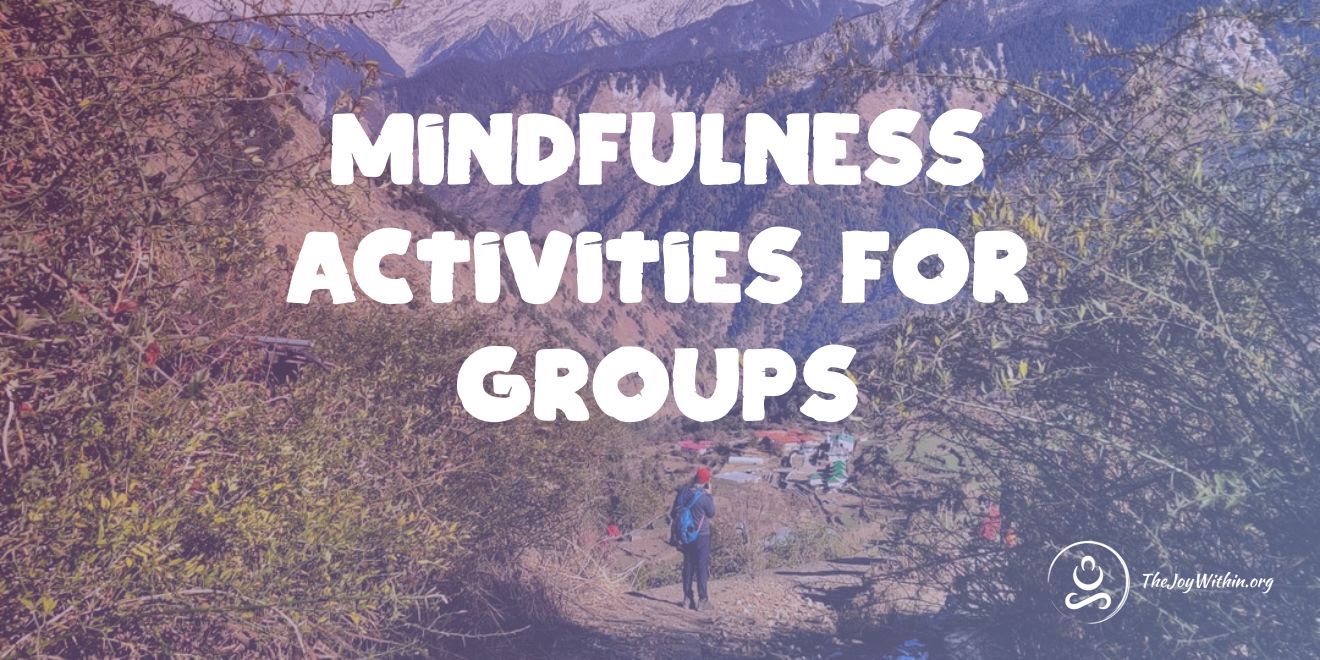
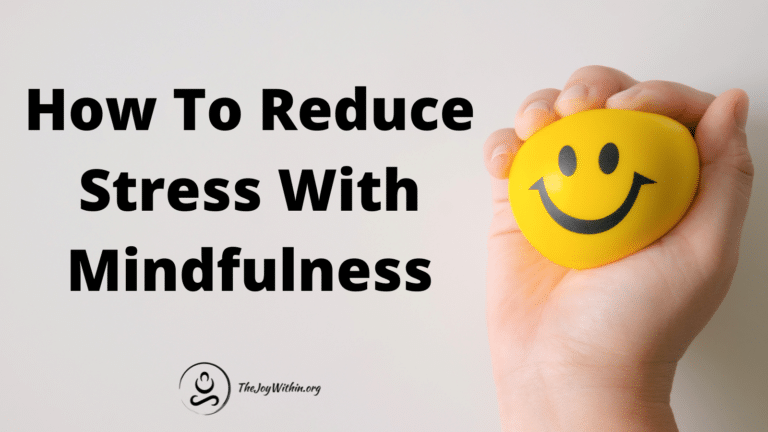
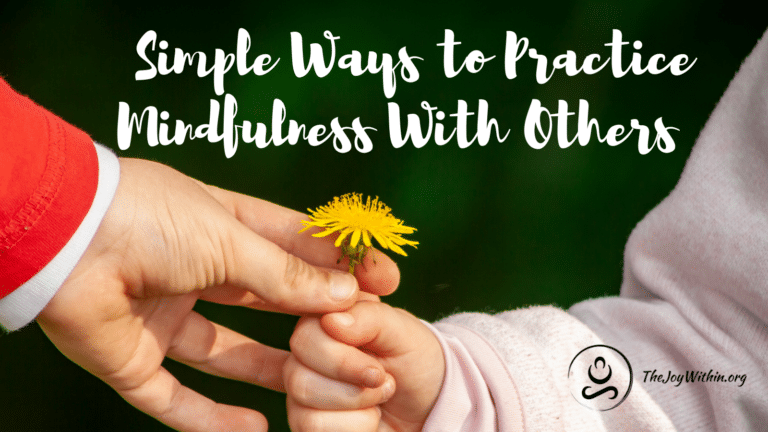
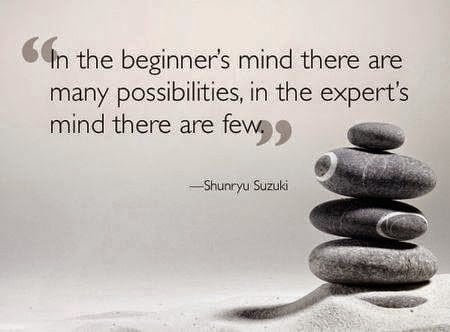
What about a mindful walk? Most of the time walking is automatic. We do it without thinking. However, once in a while, doing everyday automatic activities mindfully can bring a sense of newness and vitality. To walk mindfully, focus your attention on your steps. Feel the ground beneath you as you walk. Listen and notice what this is like. Engage your senses as you do this. Notice the sights, the sounds, the smells, the feel of the world as you move through it. At the end, share your experience with a group members.